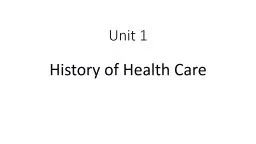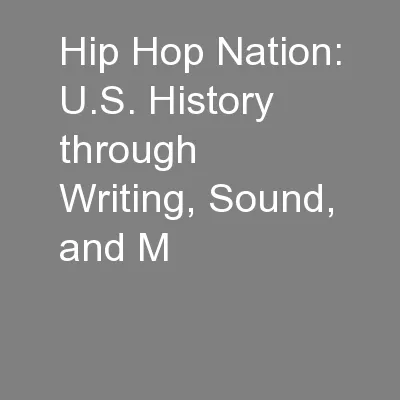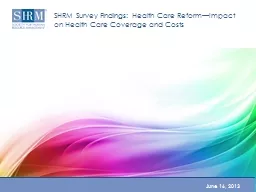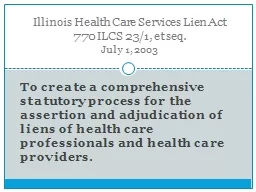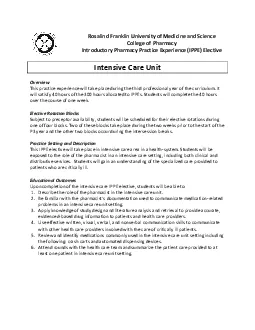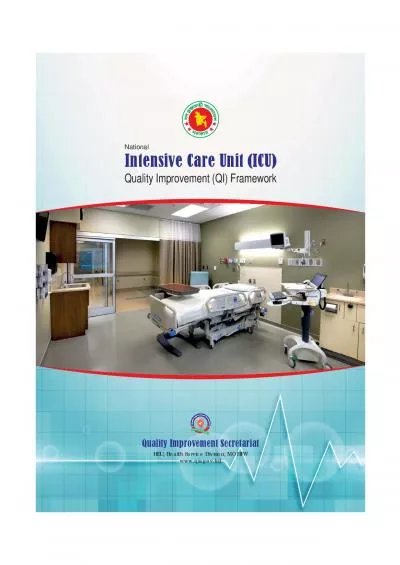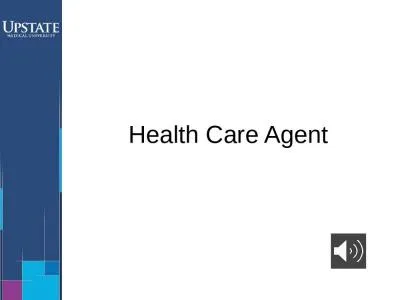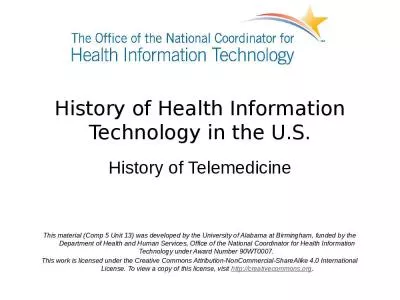PPT-Unit 1 History of Health Care
Author : danika-pritchard | Published Date : 2019-11-07
Unit 1 History of Health Care Primitive Times Common belief was that disease and illness were caused by evil spirits and demons As time went on people began to study
Presentation Embed Code
Download Presentation
Download Presentation The PPT/PDF document "Unit 1 History of Health Care" is the property of its rightful owner. Permission is granted to download and print the materials on this website for personal, non-commercial use only, and to display it on your personal computer provided you do not modify the materials and that you retain all copyright notices contained in the materials. By downloading content from our website, you accept the terms of this agreement.
Unit 1 History of Health Care: Transcript
Download Rules Of Document
"Unit 1 History of Health Care"The content belongs to its owner. You may download and print it for personal use, without modification, and keep all copyright notices. By downloading, you agree to these terms.
Related Documents

